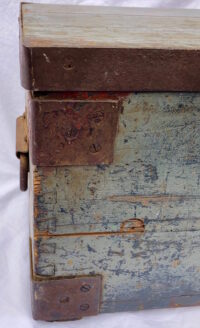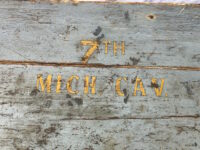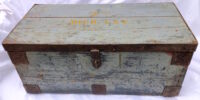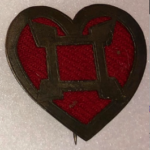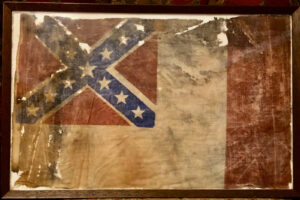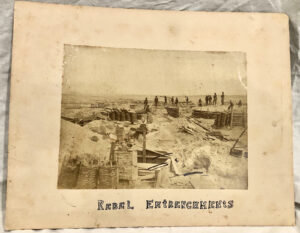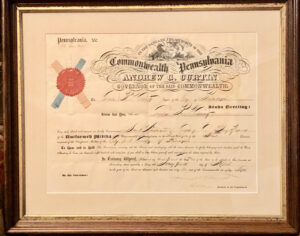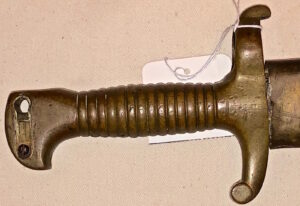Farrier’s Chest of the 7th Michigan Cavalry of Custer’s Wolverine Brigade
SOLD
Farrier’s Chest of the 7th Michigan Cavalry of Custer’s Wolverine Brigade – This important and rare chest is constructed of substantially thick, white pine boards, hand-dovetailed together at all four corners; to bolster what must have been heavy farrier’s tools, the chest is reinforced with iron banding. The carrying handles, at either end of the chest, are the type used in other Civil War military chests used to carry heavy equipment or artillery projectiles, comparable to those on war period limber chests. This chest retains about 90% of its original, blue paint; on the top of the chest is stenciled, in yellow, the unit designation – “7th Mich. Cav.” The chest is in overall very good condition; it appears that the original locking hasp was replaced; also, one of the cover hinges is now missing. The wood is strong, and the interior exhibits use; the interior side of the chest cover evidences several, soldier created drawings, to include leaves, a depiction of the chest itself and a cavalry saber. This rare chest was discovered in rural Kentucky, several years ago, being used by a carpenter as his tool chest.
The chest’s construction is comparable to that of the chest containing a rare Beardslee Electro-Magnetic Military Telegraph which was a portable military telegraph developed by George Beardslee and adopted by Lieutenant Colonel Albert J. Myer, founder and Chief of the U.S. Signal Corps, to provide a mobile field telegraph system for the Union Army shortly following the advent of the Civil War. The construction of the Michigan Cavalry chest shares some distinct similarities with the circa 1862 wooden case housing the Beardslee military telegraph:
- Both chests exhibit the use of dome head screws – the advent and resultant use of these types of screws date to the late 1850s.
- Both chests exhibit swing (carry) handles, utilized to carry heavy chests or chests that house heavy contents.
- Both chests exhibit the use of corner straps.
The chest measures as follows: Width – 24.5”; Depth – 12.25”; Height – 11.25”
History of the 7th Michigan Cavalry
The 7th Regiment Michigan Volunteer Cavalry was an cavalry regiment that served in the Union Army during the American Civil War. It was a part of the famed Michigan Brigade, commanded for a time by Brigadier General George Armstrong Custer.
Organized at Grand Rapids, Mich., October, 1862, to June, 1863. 1st Battalion left State for Washington, D.C., February 20, 1863. Balance of Regiment May, 1863. Attached to Provisional Cavalry Brigade, Casey’s Division, Defenses of Washington, 22nd Army Corps, to April, 1863. 1st Brigade, Stahel’s Cavalry Division, 22nd Army Corps, Dept. of Washington, to June, 1863. 2nd Brigade, 3rd Division, Cavalry Corps, Army of the Potomac, to March, 1864. 1st Brigade, 1st Division, Cavalry Corps, Army of the Potomac and Middle Military Division, to June, 1865. District of the Plains, Dept. of Missouri, to September, 1865. District of Dakota to December, 1865.
Duty in the Defenses of Washington, D.C., until June, 1863. Action at Thoroughfare Gap, Va., May 21, 1863. Greenwich May 30. Expedition up the Catoctin Valley June 27-28. Occupation of Gettysburg, Pa., June 28. Hanover, Pa., June 30. Battle of Gettysburg, Pa., July 1-3. Hunterstown July 2. Monterey July 4. Smithburg July 5. Williamsport and Hagerstown July 6. Boonsboro July 8. Hagerstown July 11-13. Falling Waters July 14. Snicker’s Gap July 19. Expedition from Warrenton Junction, between Bull Run and Blue Ridge Mountains, August 1-8. Hartwood Church August 15. King George Court House August 24. Expedition to Port Conway September 1-3. Advance from the Rappahannock to the Rapidan September 13-17. Culpeper Court House September 13. Raccoon Ford September 14-16. Raccoon Ford September 17. Reconnaissance across the Rapidan September 21-23. White’s Ford September 21-22. Orange Court House September 22. Bristoe Campaign October 8-22. Robertson’s River October 8. Jams City October 8-10. Bethesda Church October 10. Near Culpeper and Brandy Station October 11. Gainesville October 14. Groveton October 17-18. Gainesville, Catlett’s Station and Buckland’s Mills October 19. Near Falmouth November 6. Advance to line of the Rappahannock November 7-8. Stevensburg November 8. Mine Run Campaign November 26-December 2. Morton’s Ford November 26. Raccoon Ford November 26-27. Demonstration on the Rapidan February 6-7, 1864. Kilpatrick’s Raid on Richmond February 28-March 4. Fortifications of Richmond and Atlee’s March 1.- Campaign from the Rapidan to the James River May 3-June 24. Battles of the Wilderness May 5-7. Todd’s Tavern May 5-6. Brook Road and the Furnaces May 6. Todd’s Tavern May 7-8. Sheridan’s Raid to the James River May 9-24. Beaver Dam Station May 9. Ground Squirrel Church and Yellow Tavern May 11. Meadow Bridge and fortifications of Richmond May 12 Malvern Hill May 16. Hanover Court House May 21. On line of the Pamunkey May 26-28. Hanovertown Ferry, Hanovertown and Crump’s Creek May 27. On line of the Totopotomoy May 28-31. Haw’s Shop and Aenon Church May 28. Old Church and Mattadequin Creek May 30. Bethesda Church, Cold Harbor, May 21-June 1. Bottom’s Bridge June 1. Sheridan’s Trevillian Raid June 7-24. Trevillian Station June 11-12. Newark, or Mallory’s Cross Roads, June 12. Black Creek, or Tunstall’s Station, and White House, or St. Peter’s Church, June 21. Jones’ Bridge June 23. Fort Stevens and along Northern Defenses of Washington July 11-12 (Detachment). Demonstration North of the James River July 27-29. Deep Bottom July 27-29. Ordered to Washington, D.C., August. Sheridan’s Shenandoah Valley Campaign August 7-November 28. Tell Gate, near White Post, and near Winchester August 11. Cedarville, or Front Royal, August 16. Kearneysville August 23. Kearneysville and Shephardstown August 25. Leetown and Smithfield August 28. Smithfield Crossing of the Opequan September 29. Locke’s Ford, Opequan Creek, September 13. Sevier’s Ford, Opequan, September 15. Battle of Opequan, Winchester, September 19. Fisher’s Hill September 21. Milford September 22. Luray September 24. Port Republic September 26-28. Mr. Crawford October 2. Salem Church October 6. Luray Valley October 8. Tom’s Brook (“Woodstock Races”) October 8-9. Battle of Cedar Creek October 19. Edenburg November 7. Near Kernstown November 11. Expedition into Loudoun and Faquier Counties November 28-December 3. Raid to Gordonsville December 19-28. Madison Court House December 21. Liberty Mills December 22. Near Gordonsville December 23. Expedition to Little Fort Valley February 13-17, 1865. Sheridan’s Raid from Winchester to James River February 28-March 25. Occupation of Staunton and action at Waynesboro March 2. Duguidsville March 8. Appomattox Campaign March 28-April 9. Dinwiddie Court House March 30-31, Five Forks April 1. Scott’s Cross Roads April 2. Tabernacle Church, or Beaver Bend Creek, April 4. Sailor’s Creek April 6. Appomattox Station April 8, Appomattox Court House April 9. Surrender of Lee and his army. Expedition to Danville April 23-27. March to Washington, D.C., May. Grand Review May 23. Moved to Leavenworth, Kansas, June 1. Powder River Expedition and operations against Indians in District of the Plains and Dakota until December. Regiment mustered out December 15, 1865. Veterans and Recruits transferred to 1st Michigan Cavalry.
The regiment lost during service 4 Officers and 81 Enlisted men killed and mortally wounded and 2 Officers and 256 Enlisted men by disease. Total 343.
Michigan Cavalry Brigade at the Battle of Gettysburg
1st, 5th, 6th & 7th Michigan Volunteer Cavalry Regiments
The monument to the Michigan Cavalry Brigade is east of Gettysburg on East Cavalry Battlefield.
About the monument to the Michigan Cavalry Brigade
The granite monument stands over thirty feet tall and features a statue of a cavalryman on a base supported with pillars topped with horse-head capitols. Midway up the front of the monument is a circular bronze relief of General Custer, and on the side is a brass tablet with the Seal of the State of Michigan. On the front of the base is a bronze bas-relief of the brigade’s charge on July 3, with inscriptions on the other three sides. The monument was dedicated by the State of Michigan on June 12, 1889.
The Michigan Cavalry Brigade at Gettysburg
It was unusual in the Union army for all the regiments in a brigade to be from the same state, but the Wolverine Brigade was one of the exceptions. Three days before the fighting started at Gettysburg they were assigned a new commander, promoted from Captain to Brigadier General in one step, the youngest general in the army, George Armstrong Custer.
Custer’s brigade clashed with Stuarts Confederate cavalry at the Battle of Hanover, Pennsylvania on May 30 and on July 2 at the Battle of Hunterstown a few miles north of Gettysburg. On July 3rd Custer and his Wolverines played a major role in defeating Confederate General Jeb Stuart’s attempted cavalry thrust around the Union army’s right flank. They would go on to be one of the elite units in the Union army.
From the monument:
This monument marks the field where the Michigan Cavalry Brigade under its gallant leader General George A. Custer rendered signal and distinguished service in assisting to defeat the further advance of a numerically superior force under the Confederate General J. E. B. Stuart which in conjunction with Pickett’s Charge upon the centre, attempted to turn the right flank of the Union Army at that critical hour of conflict upon the afternoon of July 3rd, 1863.
Field held from 9 a.m. until 7 p.m.
1st Mich.; killed 10 men, wounded 6 officers 37 men, missing 20 men.
5th Mich.; killed 1 officer 7 men, wounded 1 officer 29 men, missing 18 men.
6th Mich.; killed 1 man, wounded 2 officers 24 men, missing 1 man.
7th Mich.; killed 13 men, wounded 4 officers 44 men, missing 39 men.
Total casualties 257.
Bronze tablet from the monument
1st Michigan Cavalry Regiment Mustered in at Detroit, Mich. Sep 13, 1861. Mustered out at Salt Lake City, Utah, Mar. 10, 1866. Total enrollment 3244 officers and men. Killed 10 officers 92 men. Died of wounds 5 officers 46 men. Died of disease 5 officers 246 men. Total casualties 404. Participated in 67 skirmishes and general engagements from Winchester, Va., Mar. 23, 1862 to Appomattox Va. April 9, 1865.
Fifth Michigan Cavalry Regiment Mustered in at Detroit, Mich, August 30, 1862. Mustered out at Fort Leavenworth, Kas. June 2nd, 1865. Total enrollment 1198 officers and men. Killed, 4 officers 94 men. Died of Wounds 1 officer 23 men. Died of disease, 3 officers 233 men. Total casualties 358. Participated in 56 skirmishes and general engagements from Hanover, Pa. June 30, 1863 to Appomattox, Va., April 9, 1865.
Sixth Michigan Cavalry Regiment Mustered in at Grand Rapids, Mich. Oct. 13, 1862, Mustered out at Fort Leavenworth, Kas. Nov. 24, 1865. Total enrollment 1624 Officers and men. Killed, 7 officers 35 men. Died of Wounds 18 men. Died of disease, 266 men. Total casualties 386. Participated in 56 skirmishes and general engagements from Hanover, Pa. June 30, 1863 to Appomattox, Va., April 9, 1865.
Seventh Michigan Cavalry Regiment Mustered in at Grand Rapids, Mich. Jan. 16, 1863. Mustered out at Fort Leavenworth, Kas. Dec. 16, 1865. Total enrollment 1779 officers and men. Killed 2 officers 47 men. Died of wounds 2 officers 24 men. Died of disease 1 officer 246 men. Total casualties 322. Participated in 56 skirmishes and general engagements from Hanover, Pa. June 30, 1863 to Appomattox, Va., April 9, 1865.
Erected by the State of Michigan
to honor her martyrs & heros
who fought in defence of liberty and union.
1st Michigan Cavalry
Commanded at Gettysburg by Colonel Charles H. Town. It brought 502 men to the field. See more about the history of the 1st Michigan Cavalry.
5th Michigan Cavalry
Commanded at Gettysburg by Colonel Russel A. Alger. It brought 770 men to the field. See more about the history of the 5th Michigan Cavalry.
6th Michigan Cavalry
Commanded at Gettysburg by Colonel George Grey. It brought 611 men to the field. See more on the history of the 6th Michigan Cavalry.
7th Michigan Cavalry
Commanded at Gettysburg by Colonel William D’Anton Mann. It brought 461 men to the field.
Location of the monument
The monument to the Michigan Cavalry Brigade is three miles east of Gettysburg on the East Cavalry Battlefield, about 180 feet south of Cavalry Field Road and 0.3 mile west of Low Dutch Road. (39°49’34.3″N 77°09’55.2″W)




![IMG_6035[1]](https://assets.perryadamsantiques.com/wp-content/uploads/2020/12/19152515/IMG_60351.jpg)

![IMG_6034[1]](https://assets.perryadamsantiques.com/wp-content/uploads/2020/12/19152518/IMG_60341.jpg)

![IMG_6033[1]](https://assets.perryadamsantiques.com/wp-content/uploads/2020/12/19152523/IMG_60331.jpg)
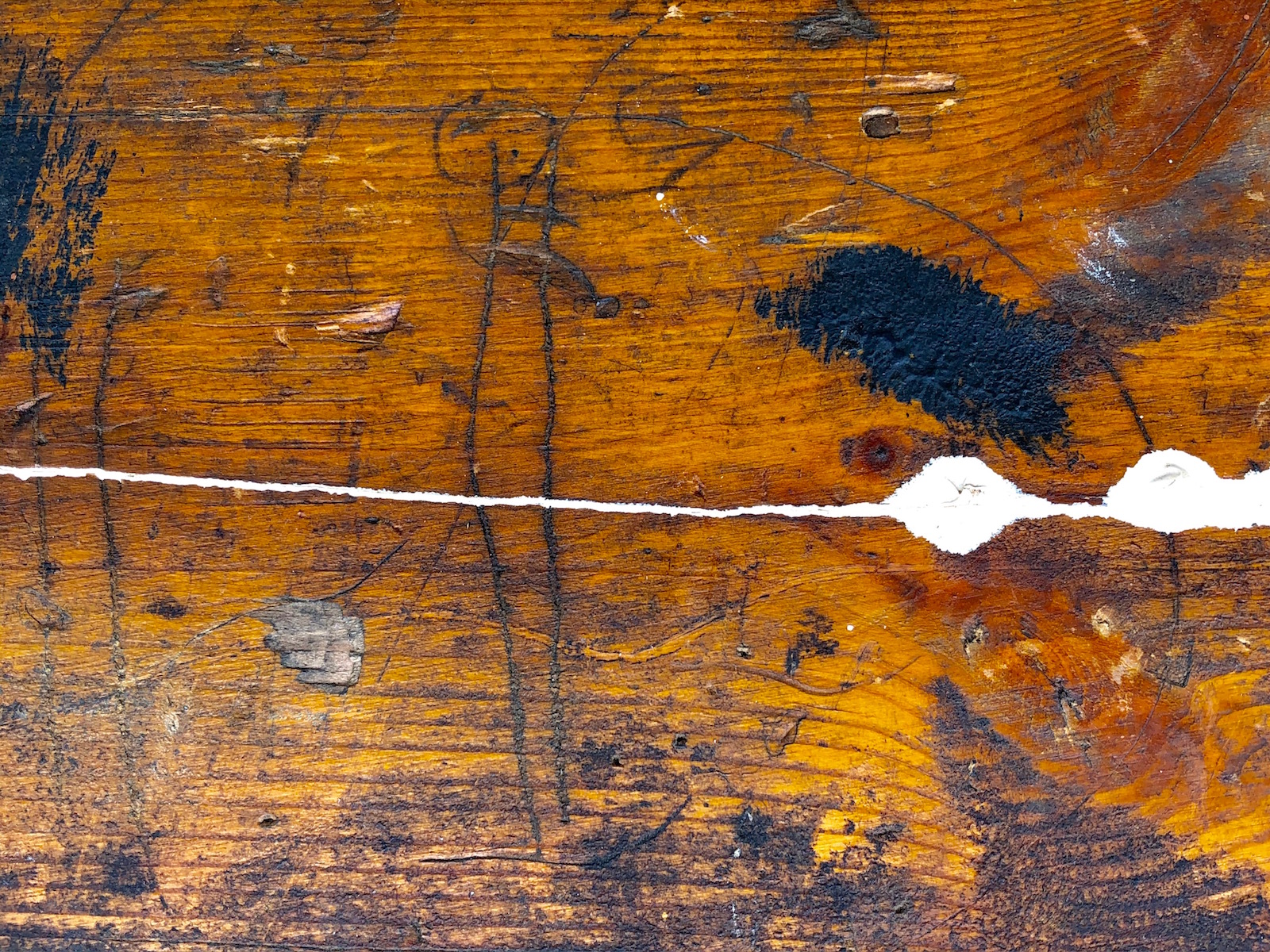
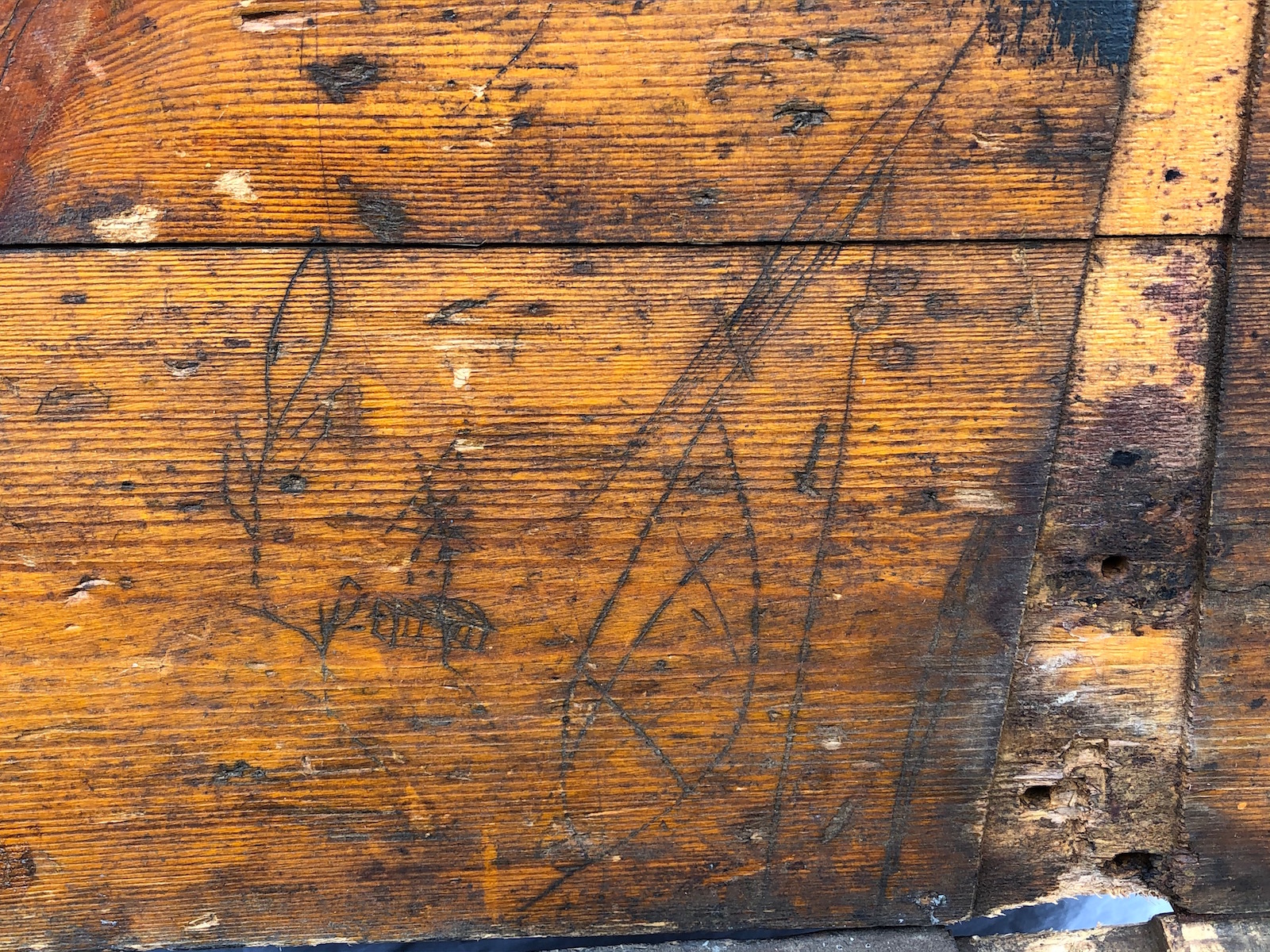
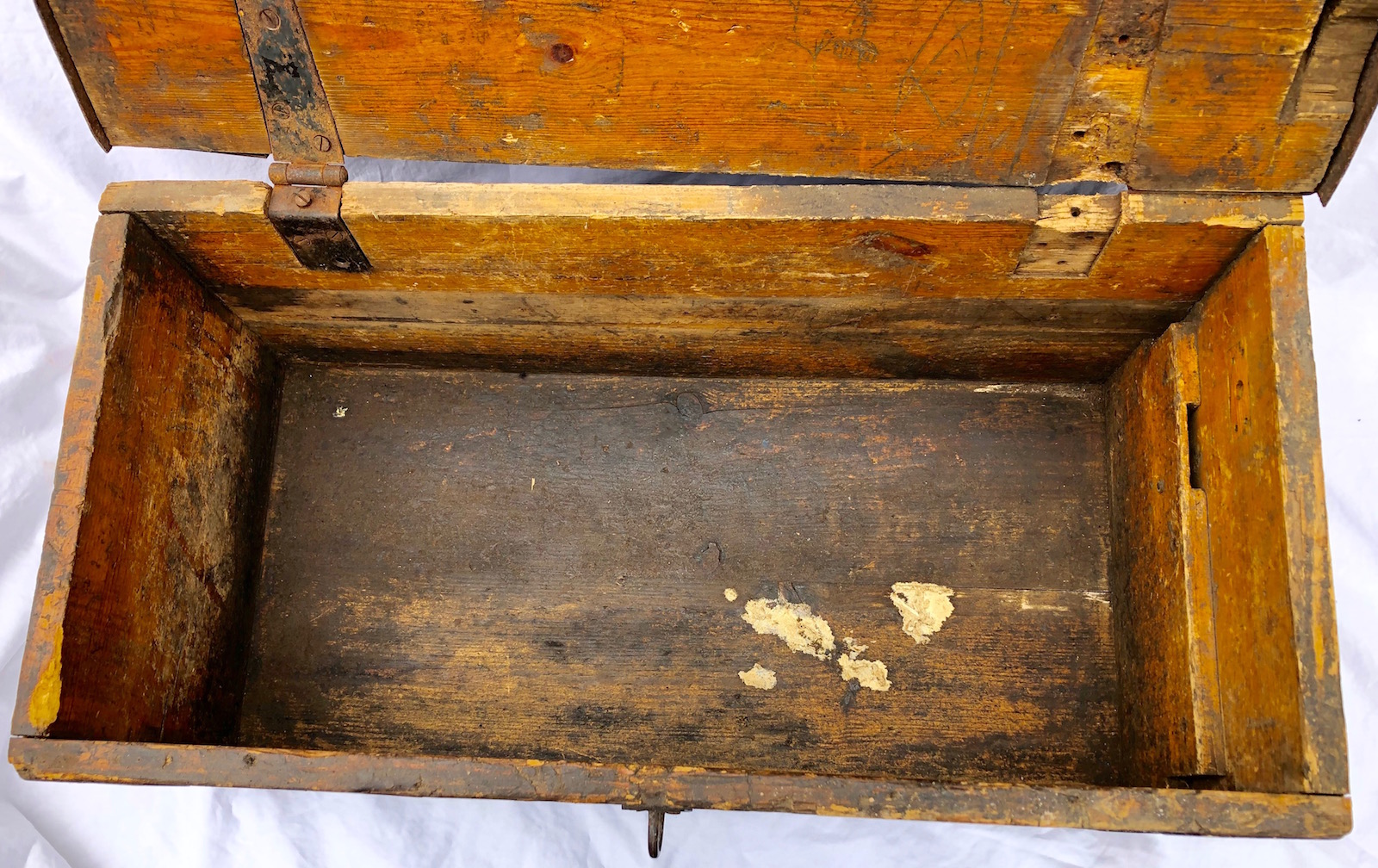
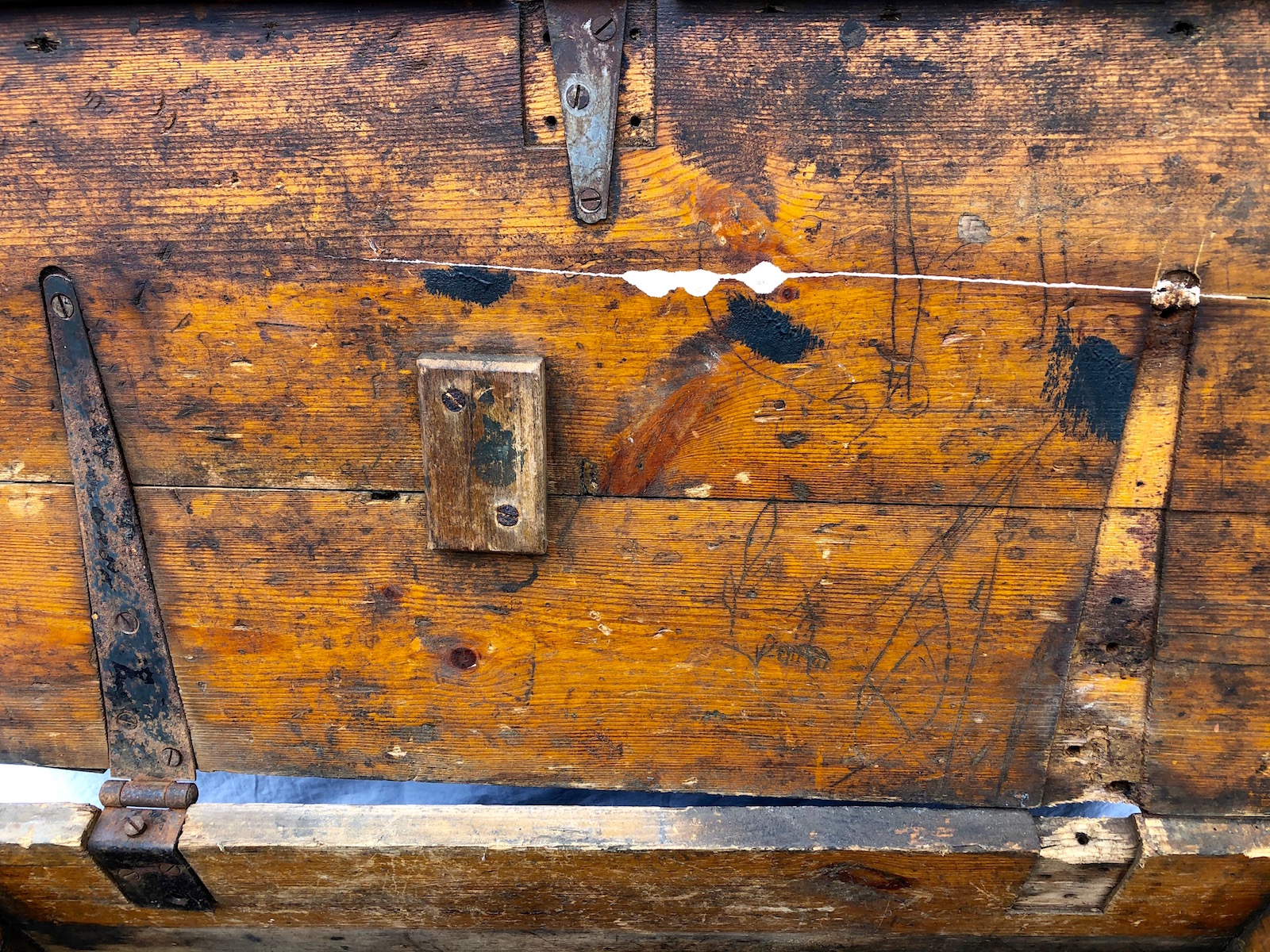

![IMG_6025[1]](https://assets.perryadamsantiques.com/wp-content/uploads/2020/12/19152555/IMG_60251.jpg)



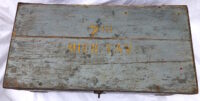

![IMG_6035[1]](https://assets.perryadamsantiques.com/wp-content/uploads/2020/12/19152515/IMG_60351-200x267.jpg)
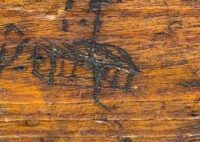
![IMG_6034[1]](https://assets.perryadamsantiques.com/wp-content/uploads/2020/12/19152518/IMG_60341-200x637.jpg)
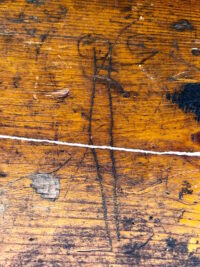
![IMG_6033[1]](https://assets.perryadamsantiques.com/wp-content/uploads/2020/12/19152523/IMG_60331-200x150.jpg)
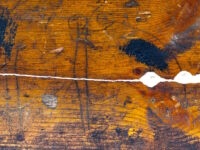
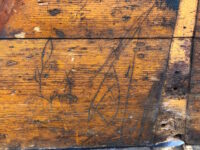
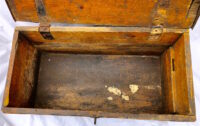
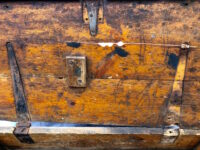
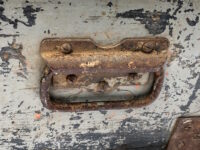
![IMG_6025[1]](https://assets.perryadamsantiques.com/wp-content/uploads/2020/12/19152555/IMG_60251-200x154.jpg)
